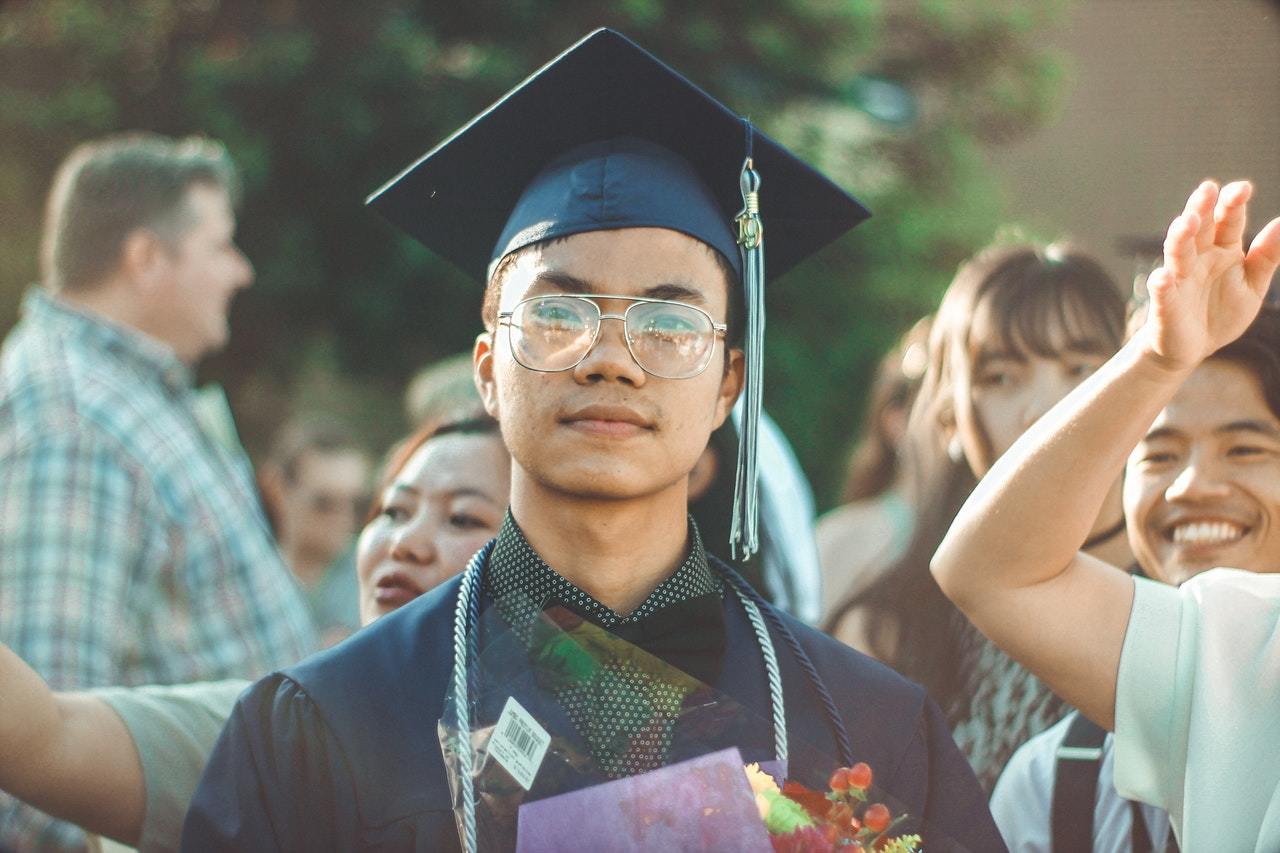On August 23rd USCIS announced the H-1B cap limit was reached, and all 85,000 visas were allotted and are effective starting October 31st. The H-1B visa is popular for foreign professionals looking to work in the United States. However, it can be challenging to obtain one because of the high demand for H-1B visas and the limited number available each year. If you cannot get an H-1B visa this year, don’t worry! There are plenty of other visa options available. This article will discuss some of the best H-1B visa alternatives for the F.Y. 2023 cap season.
H-1B Cap Exempt

What’s The Most Common H-1B Alternative?
The common H-1B alternative is the H-1B cap-exempt. What does it mean to be cap exempt? An H-1B cap is divided into two groups: employees seeking to work in the U.S. and overseas. The employees must prove that the job in question is considered a specialty occupation. These specialty occupations typically are in S.T.E.M. fields with highly specialized knowledge in their endeavors. The second group is reserved for the master’s cap. Anyone with a master’s degree or higher (advanced degree) in their field will have their petition entered into the master’s cap. This master’s cap is an additional 20,000 slots to the cap of 65,000 (bringing the total cap to 85,000 available H-1B visas).
Cap-exempt people are H-1B applicants who are not limited or subjected to the 85,000 allotted H-1B visas (the maximum amount of H-1B visas issued, in general). This cap exempt is an additional third group that has unique employer requirements. The following employee requirements include;
- Higher Education Institution (Typically a private university)
- A non-profit affiliated with a higher education institution (such as A Better Life Inc.)
- Non-profit research or government organization (such as DARPA or Department of Energy)
When the employer meets these requirements, they must file a petition before the cap ends, which starts at the beginning of April 1st through October 30th.
Note “they’ll still be considered for the H-1B even if the cap has been reached”
What Is The USCIS Process During This Time?
The United States Citizenship and Immigration Services (USCIS) agency will monitor the H-1B filing to determine the date for when USCIS has received enough petitions to reach the congressional cap. Once the date is determined, USCIS will put the H-1B petitions received by the USCIS on that date through the computer to select the petitions randomly. USCIS will randomly select the 20,000 petitions from those entered into the master’s cap. Registrants who were not selected will be re-entered into the regular cap.
The 65,000 petitions for the regular cap will be randomly selected. The H-1B petitions not selected by the computer generator will be rejected and returned with a refund of the submitted filing fees. Petitioners can re-submit H-1B petitions at the next available period (i.e., the next fiscal year).
F-1 Students With OPT
Can Students Apply For An H-1B Visa Twice?
Yes, if an F-1 student was not selected in the lottery, then they can apply for an (OPT) Optical Practical Training for 12 months which you can receive pre-completion of your studies or post-completion. Remember to file your OPT through the (DSO) designated school official who will require your application, a passport, and a two-by-two-inch photo I.D.
If the OPT is granted for the student, they can work off-campus for up to 12 months. During the 12 months, the OPT student can apply for an H-1B visa for a second time when the next cap season begins.
For example, An F-1 student applies for an H-1B visa on May 1st but receives a “not selected” status. After receiving the “not selected” status, the student applies for the OPT.
However, this can only happen if they are at a new university for which they have not received OPT before. You are required to have your OPT granted before graduation, and an H-1B must be applied for after graduation. So to have the option to be granted an OPT, you would have to go to school again and have an OPT option available before graduating the following semester.
Once granted, the student will have to wait until April 1st to apply for the H-1B lottery and potentially receive a “selected” status. This process will allow students to apply for an H-1B visa twice a year.
What Degree Is Required For OPT?
Typically, at the very minimum, a student should have an associate’s degree, which can require up to two years’ worth of credits.
Does The Field Of Study Matter?
Generally, no, it does not matter (there are specific fields of study that do provide an advantage). The student should remember that when applying for an OPT post-completion, they can only work with an employer that focuses on the industry related to their field of study.
For example, An F-1 student whose major is communication and journalism would be able to apply for an OPT to work at an advertising agency post completion of the student’s degree.
Which Degrees Have An Advantage For OPT?
It’s important to remember that yes, you can be in any field of study with an associate degree, but (S.T.E.M.) science, technology, engineering, and math students obtaining a degree post or pre-completion have a 24-month extension on their OPT.
This extension would allow an F-1 student to apply three times in 2 years. S.T.E.M. studies increase an applicant’s chance of obtaining an H-1B significantly. Even if during the third opportunity to apply, the student gets two work off campus for an additional 12 months.
Also, students with a master of business administration (M.B.A.) receive similar treatment as S.T.E.M. students.
When Does OPT Start?
An F-1 student can start their OPT once the USCIS approves your Form I-765 (Application for Employment Authorization) and the student will receive an Employment Authorization Document (EAD). The EAD will allow the student to work off campus during the time of their F-1 status.
H-1B Dependence Visa
The H-4 visa is given to the spouse or (child under 21 years old) of an H-1B visa holder. Interestingly, even though having only an H-4 prevents the spouse from being able to work, the H-4 beneficiary does, however, have the opportunity to gain an EAD, which would then enable them to work while still on their H-4 visa. Thanks to USCIS, in 2015, a new policy allowed H-4 dependents to work during the time an H-1B lasted. This policy was partially enacted so that family members would stay together and the H-1B holder wouldn’t leave the country.
H-4 applicants and H-1B holders will be interviewed during the application process. During this interview, the applicant and dependent must prove their relationship to an immigration official. Luckily, the H-4 interview process is more accessible than the K visa (marriage visa) interview. Obtaining this visa allows foreign-born dependents of nonimmigrants to be lawfully admitted for temporary employment or training in the U.S., meaning that as long as at least one parent has a valid work permit, their children may attend school here, too, even beyond the high school level! If an H-1B holder does have children, they must also claim them as dependents and file an H-4, then apply for an applicant.
For example, The H-1B holders have a spouse and two children. The H-1B holder would then have to file four H-4 visa applications. Then once the application is submitted, an immigration official would have an interview with each H-4 applicant.
The best benefit of an H-4 visa is that the dependent receives the same rights as the principal beneficiary, except for waiting for an EAD to arrive at work when an H-1B status is acting legally.
Conclusion
While there are many visa alternatives for an H-1B, the cap-exempt, opt, and H-4 visas are similar to the H-1B and have less strict and challenging journeys. If you want to stay in the United States but are unsure if you qualify for difficult visas like an O-1 or EB-3, these three petitions would be the best bet.

